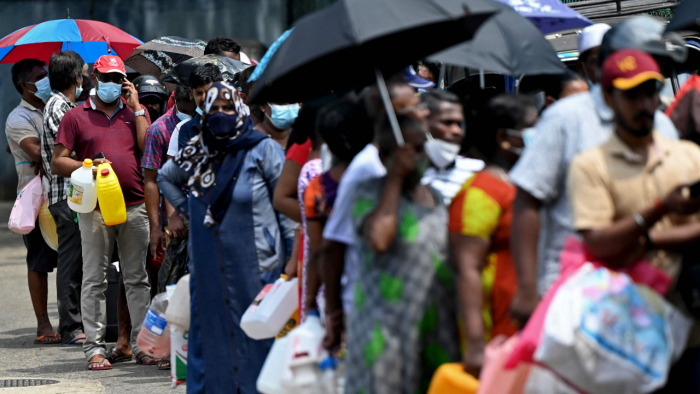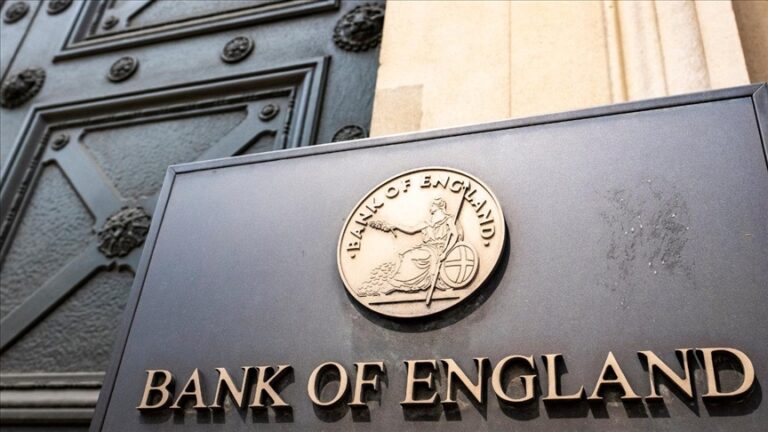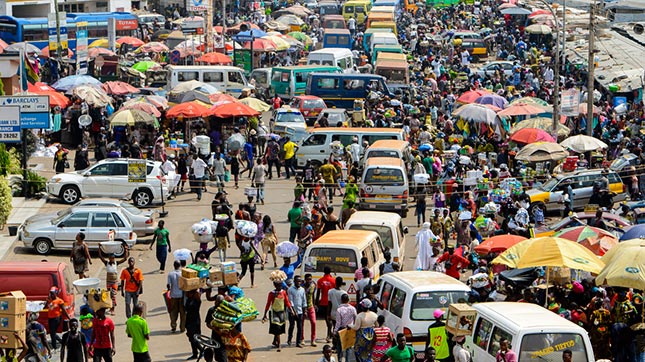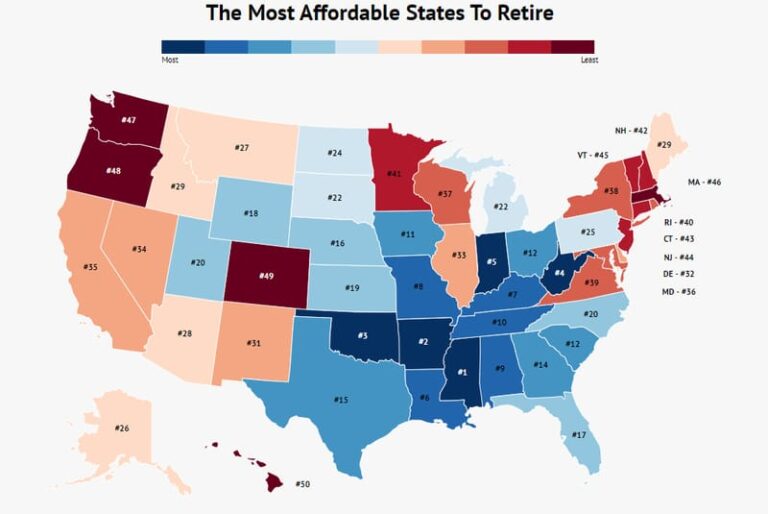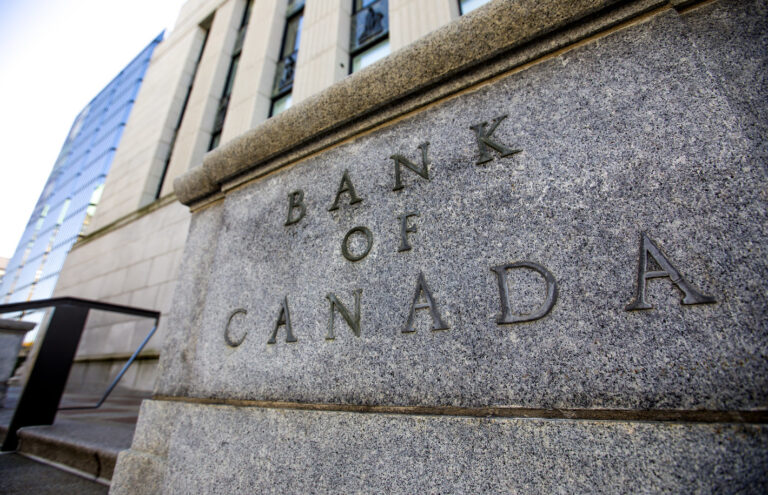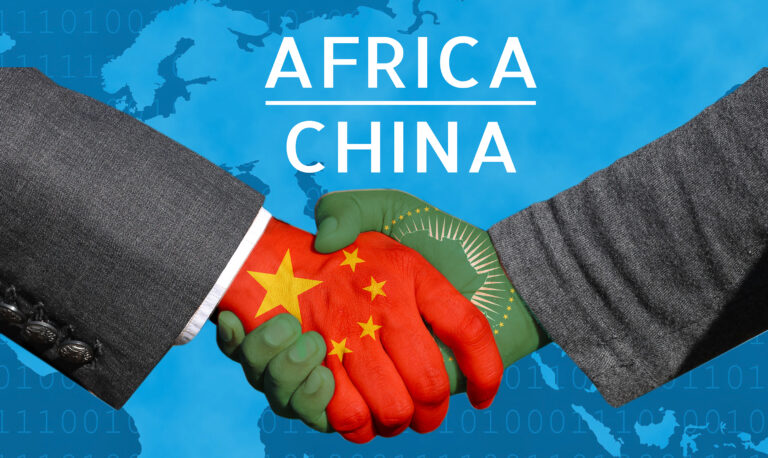Sri Lanka Economic Meltdown: Which way for the Indian Ocean Country?
Sri Lanka is wilting under the worst economic meltdown in seven decades, mainly caused by plummeting foreign exchange reserves. In particular, the country has run out of dollars to import essential goods like fuel, medicine, and food. The government has been taking measures to mitigate the worsening economic meltdown that has already plunged the country into a political crisis, with sporadic demonstrations happening across the island country.
Authorities are in talks with the International Monetary Fund (IMF) for a possible $3bn bailout package. Officials from the global lender recently completed a 10-day assessment visit to Colombo.
In a statement after the visit, the IMF said, “The discussions will continue virtually with a view to reaching a staff-level agreement on the EFF arrangement in the near term.”
No Cash, No Fuel
On top of Sri Lanka’s woes causing the economic meltdown is a dollar drought that has led to challenges in importing essential commodities. The shortage of dollars has been blamed on the sharp drop in foreign remittances, which are the country’s main foreign exchange-earners.
According to the Central Bank, the country reported a 53% drop in remittances from $2.8 billion in the first six months of 2021 to $1.3 billion in the same period in 2022. The drop in foreign remittance has been blamed on the government policy that directed mandatory conversation of foreign currency. At the time, the government said it was cutting off the black market, which had led to an increase in premiums and caused people to hoard foreign currency.
There has been a dollar shortage experienced across the world, a trend that has been attributed to increased global trade following the relaxation of COVID-19 restrictions. The shortage has sent shockwaves in the forex market and affected importing businesses in many countries.
The cash-strapped Indian Ocean Island has a huge foreign debt, which has made it hard to get fuel from suppliers on credit. On Sunday, the Power and energy minister Kanchana Wijesekera announced that the country has less than a day’s worth of fuel left. The minister said there were only 4,000 tonnes of petrol left in the reserves, which is below the country’s daily consumption.
Sri Lanka recently announced the closure of all schools due to a lack of fuel for schools and parents to get children to school. The government has also advised around one million public servants to work from home until further notice. All non-essential government institutions will remain shut until July 10 to reduce commuting and save energy. Authorities are also implementing nationwide power rationing of up to three hours due to a lack of enough fuel to run generating stations.
India has been supplying much of Sri Lanka’s fuel needs through a credit line as well as foreign exchanges collected from remittances. There are also talks with suppliers in Russia and Malaysia to beef up supply.
The Prime Minister said the government is in talks with India to secure more loan assistance but noted that this channel is uncontainable, and a lasting solution is required in the long run.
Complete Economic Collapse
In a recent address to Sri Lanka’s Parliament, Prime Minister Ranil Wickremesinghe admitted that the country’s economy has “completely collapsed,” although he was quick to cast the blame for the mess on the previous government. The Prime Minister also pointed out that the country is facing a far more serious challenge beyond fuel shortages.
There have been long fuel queues in major cities, which usually lead to chaos and confrontations. Trains have scaled down their operations with reduced travel frequency. Patients are unable to travel and seek treatment, and there is a sharp rise in food prices. There is also a shortage of rice, the country’s staple food.
A political Crisis is Brewing
There have been numerous media reports of clashes at fuel stations, and recently, troops shot in the air to disperse an angry crowd that was protesting after the military jumped the queue.
The meltdown has also triggered anti-government protests across the country, with protestors blocking main roads and demanding fuel and gas. The government has deployed the military at fuel stations to quell the situation. The military has been issuing fuel through tokens to those in the queue.
Protestors have also been occupying the entrance to President Gotabaya Rajapaksa’s office in Colombo for over two months now, demanding his resignation for failing to handle the economic meltdown.
Protesters are accusing the president of widespread nepotism, with several of his siblings holding top government positions. They accuse the president and his powerful family of misrule and plunging the country into corruption.
Talks with the IMF
Sri Lanka is actively in talks with the International Monetary Fund for another credit facility to alleviate the economic meltdown. As earlier noted, a delegation from IMF recently completed a 10-day visit to the country’s capital Colombo during which they held discussions with government officials.
The IMF reported constructive talks with authorities in Sri Lanka, which raises hopes for preliminary approval for the credit facility.
“The discussions will continue virtually with a view to reaching a staff-level agreement on the EFF arrangement in the near term,” a statement from the IMF read in part.
However, it may take before this credit facility gets the final approval from the IMF Executive Board due to several requirements that Sri Lanka needs to meet. First, the global lender needs Sri Lanka to cut down its existing debt to sustainable levels before being granted another loan facility.
The IMF may not offer an instant, and quick solution as the debt restructuring process may take a long time, even after a staff-level agreement.
Inflation Raising Around the World
Sri Lanka is currently locked up in galloping inflation that has seen households cut back on meals due to skyrocketing prices of basic commodities. Inflation rates stood at a whopping high of 54.6% in June, and economists warn the situation may already be out of control for policymakers to bring under control in the near future.
However, the rooftop inflation is not confined to Sri Lanka alone. A recent study by Pew Research Center on 44 advanced economies found that consumer prices had gone above pre-pandemic times in nearly all of them. The research found that in 37 out of the 44 countries analysed, the inflation rate in the first quarter of 2022 was at least twice that of the same period in 2020 when the effects of the pandemic started to manifest.
Inflation rates in the quarter of 2022 in 16 countries were more than four times the rate two years before.
Of the countries studied, Turkey has the highest rate of inflation in the first quarter of 2022 at 54.8%. The country has had persistent inflation for some years but skyrocketed in late 2021 when the government introduced further depressing economic policies like reducing interest rates instead of raising them.
